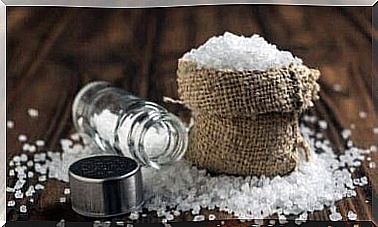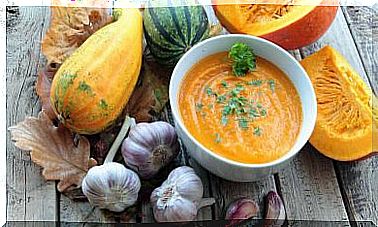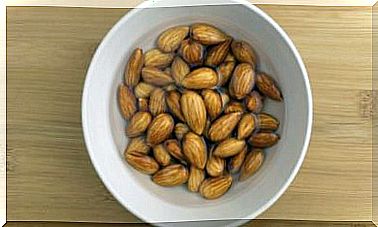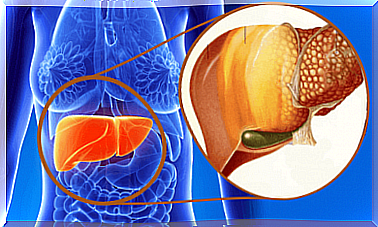Discover Three Great Plants To Heal Wounds

The wise and fascinating nature provides us with some amazing plants that can help to clean and heal the wounds we may incur every day. We are of course talking about less serious wounds in this case.
Bruises, burns or even those scrapes that children often get on their knees from falling all the time can be easily treated with the help of these great home remedies.
It is always wise to make sure you have these medicinal plants in your home at all times. However, don’t forget that it is equally important to know which plant to use for which type of wound and how to use the plant.
The plants are not all applicable in the same situations and it is also important to use the right amount.
In this article, we share three of our favorite medicinal plants to treat and heal wounds.
1. Aloe vera to clean and heal wounds
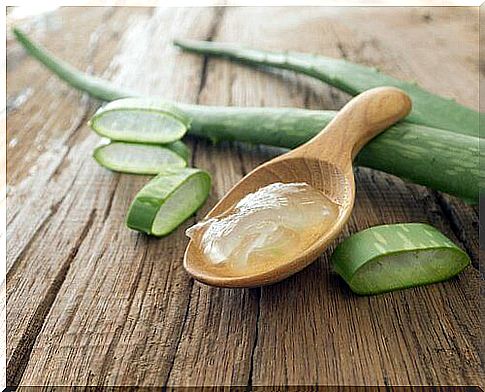
The effect that aloe vera gel has when you apply it to a wound is really great. This fantastic plant can be used to treat cuts, burns, skin irritations and inflammations.
The gel hidden in the leaves of the aloe vera plant is made up of much more than just water. In addition, it also contains:
- sour plant slime
- natural salts
- enzymes
- saponin
- tannin
- ammonia acids
- vitamins
- different types of minerals
This is what makes this plant so great:
- When applied topically, aloe vera gel can promote body collagen production. This also improves the healing process and the formation of new skin tissue to heal the wound.
- Multiple studies show that this plant may also have a therapeutic effect, helping to reduce both pain and inflammation.
- You may also be interested to know that aloe vera also contains aloe emodin. This is a natural ingredient that can help fight viruses and bacteria. This allows aloe vera to help the wound heal faster without the risk of infection.
How to best use aloe vera
A great and easy way to get the benefits of aloe vera is to freeze the gel. Proceed as follows:
- Cut off a leaf from the plant and use a utility knife to cut the leaf open lengthwise.
- Scrape out all the gel that is hidden in it and divide it over an ice cube tray.
- Once you have distributed all the gel, put the container in the freezer.
- This way the gel will keep all its great properties. When you need the gel once, all you have to do is grab an ice cube from the freezer. Super simple!
Aloe vera can also be very helpful in soothing bruises and even inflamed varicose veins.
2. Asian pennywort

Asiatic pennywort is a medicinal herb used to treat skin problems such as eczema, psoriasis, superficial burns and even open sores.
This plant is well known in Asia and contains a compound that can also be found in the aloe vera plant, namely saponin. Saponin allows this plant to promote the healing process and even improve circulation to stimulate collagen production.
Many pharmaceutical companies add this ingredient to topically applied products. One of the main benefits of Asian pennywort is that it can promote the healing of surgical wounds.
How to best use Asian pennywort
You can probably already get several natural remedies containing Asian pennywort from several health food stores. These options are completely safe and work great.
However, you can also choose to use the plant to make your own poultice. In this case, proceed as follows:
- First, pick a few fresh leaves from the plant. Then you grind these leaves and apply them to your wound or burn.
- Let the leaves sit for 20 minutes and then remove them.
- By repeating this treatment two to three days in a row, you will already see great results.
3. Chamomile

The European Medicines Agency approved the use of chamomile a few years ago. When used externally, the plant is very effective in healing wounds, treating eczema and soothing various types of inflammation.
We probably don’t need to tell you that drinking chamomile tea won’t be very helpful in treating cuts and bruises. It may help calm your nerves and relax you, but if you want to heal wounds or infections, you really need to apply chamomile externally.
One of the main benefits of chamomile is that it is anti-allergenic. We explain briefly how you can take advantage of the benefits that chamomile offers.
How to best use chamomile
It’s super simple. First of all, the idea is to buy a little dried chamomile at the health food store. You could in principle also buy tea bags. However, because it is difficult to find out whether these bags really contain 100% chamomile, it is best to simply buy dried chamomile.
Ingredients
- 1 tablespoon dried chamomile
- 125ml water
Preparation
- Bring the water to a boil and once it boils, add a tablespoon of dried chamomile.
- Let the leaves steep for a while and then pour the water through the sieve into a bowl.
- Use a cotton pad to apply the water to the wound while it is still warm.
- You can repeat this process several times a day. This remedy usually produces great results.
Don’t hesitate to add these plants to your medicine cabinet. You will really love it.

